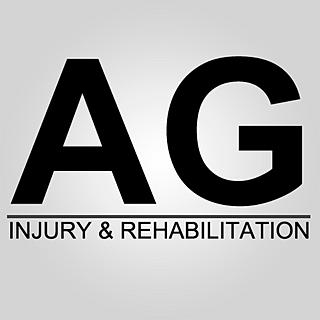Eccentric Training: What is it? How is it useful?
- Arun Gray
- Jun 4, 2016
- 3 min read
Updated: Feb 7, 2022
What is it?
Simply put, an eccentric muscle contraction is where the active muscle lengthens under load. So in a bicep curl, the lowering (elbow extension) of the exercise, or the downward movement on a squat. It is sometimes called a "negative contraction" for obvious reasons. Eccentric training concentrates on slowing down the elongation of the muscular movement to challenge the muscular unit. This leads to increases in strength, quicker muscle repair and an increased metabolic rate. The delayed onset muscle soreness (DOMS) is often quite severe after eccentric training as the body is usually only trained in a concentric manner.
The Empire State Building
In an interesting study, a group of people were taken to the top of the Empire State Building. Half of the subjects walked up the stairs and got the lift back down. The other half got the lift to the top and took the stairs to return to the bottom. The subjects' level of muscle soreness was assessed over the following days. The group that walked up the stairs and got the lift down didn't report great levels of muscle soreness. However the group that walked down the stairs recorded higher levels of muscle soreness following the mini-study. It was hypothesised that the reason behind this was that climbing up the stairs lent towards concentric muscle activation, whereas walking down the stairs used more eccentric muscle contractions. Outlining the differences in adaptations following the implementation the different types of contractions.
How is it good?
Studies have shown that your muscles can tolerate up to 175% of the resistance it can concentrically. This is because the anabolic response to the heavy load forces greater muscle fibre recruitment, and it's not rocket science to work out that if your muscles are working harder, you'll be rewarded with bigger strength gains. When training, the majority of people only think about the concentric movements. But thinking about sport specific training/performance.. eccentric contractions play a huge part; training this movement can increase your body's resistance to injury. Think of landing after a header in football, your legs eccentrically contract to absorb the force cause by your mass landing at speed.
Eccentric training requires the engagement of connective tissue (tendons and ligaments). This means they are forced to strengthen to increase the ability to absorb force. Benefits of this again includes an improvement in the ability to resist injury.
Have you ever been under the impression that bulky body builders are less flexible because they perform strength training? In that case, how would you react if I told you eccentric training actually increases flexibility? Well that's what the research suggests! The negative portion of the lift causes your muscle fibres to grow. This increases the muscle length by increasing sarcomeres in series within the muscle.
The stronger you are, the more power you may be able to generate. Usually when training for power you will reduce the resistance to around 30-60% 1RM and increase the tempo of your repetitions. Thinking about the effects of eccentric training and it's influence on max strength... if you increase your 1RM squat from 150kg to 180kg following a eccentric training intervention, 50% of your 1RM (that you will use to work on power output) has gone from 75kg to 90kg... so you're now able to produce more power... congrats... you're a more powerful athlete!
To conclude...
Training eccentric muscle contractions:
- Increase max strength
- Increase power output
- Improve injury prevention capability
- Increase flexibility
- Improve strength of connective tissue
Let me know what you think in the comments box below! Or follow and tweet me on Twitter!







Comments